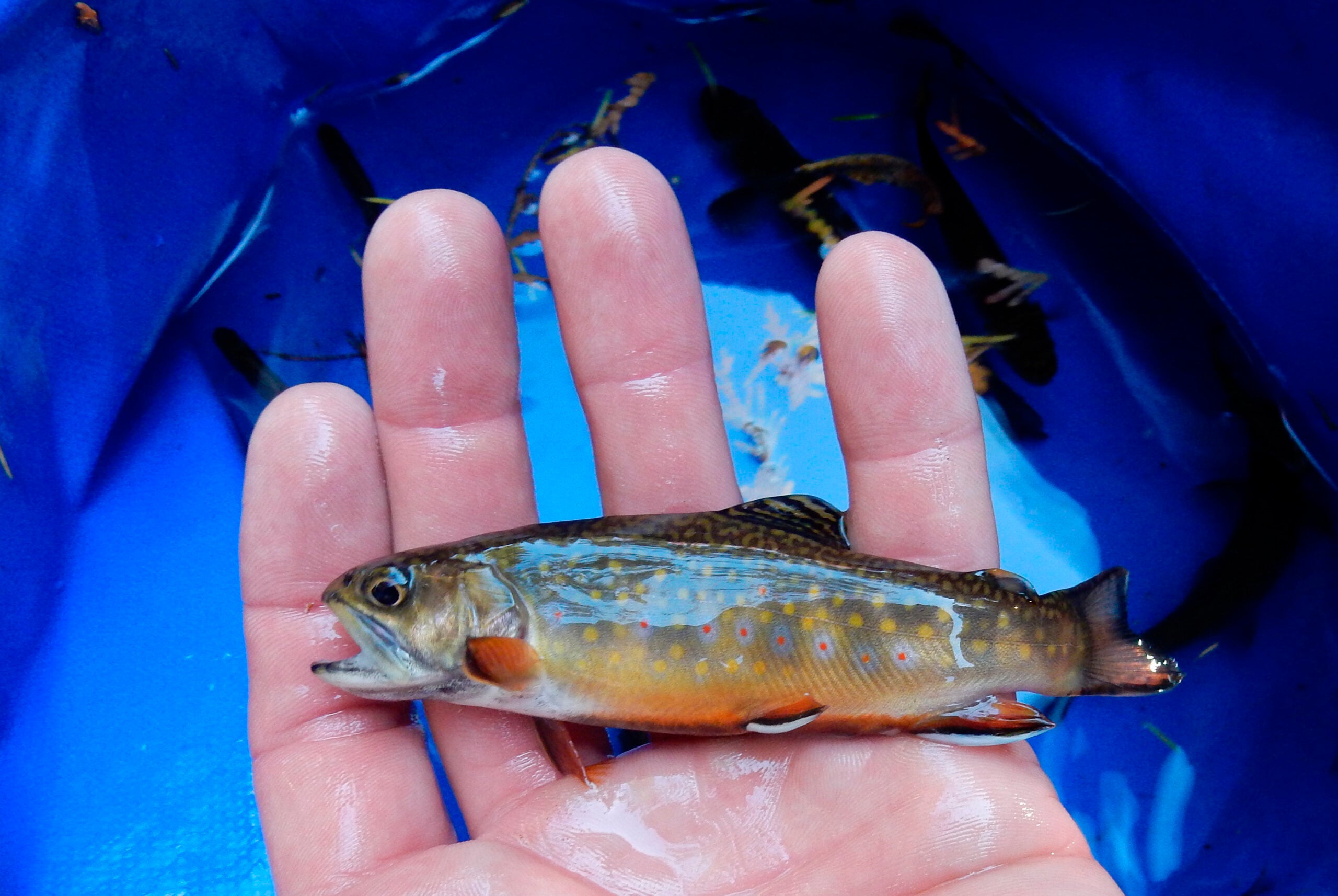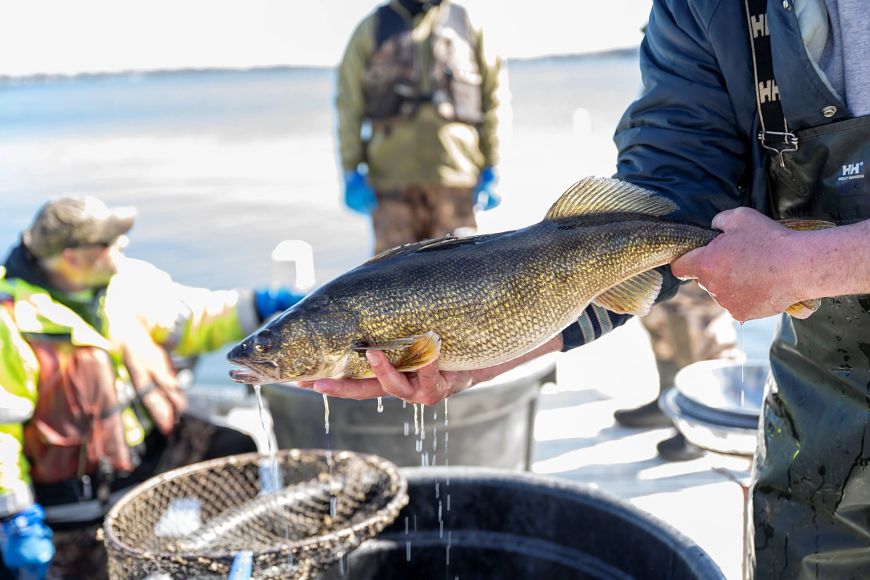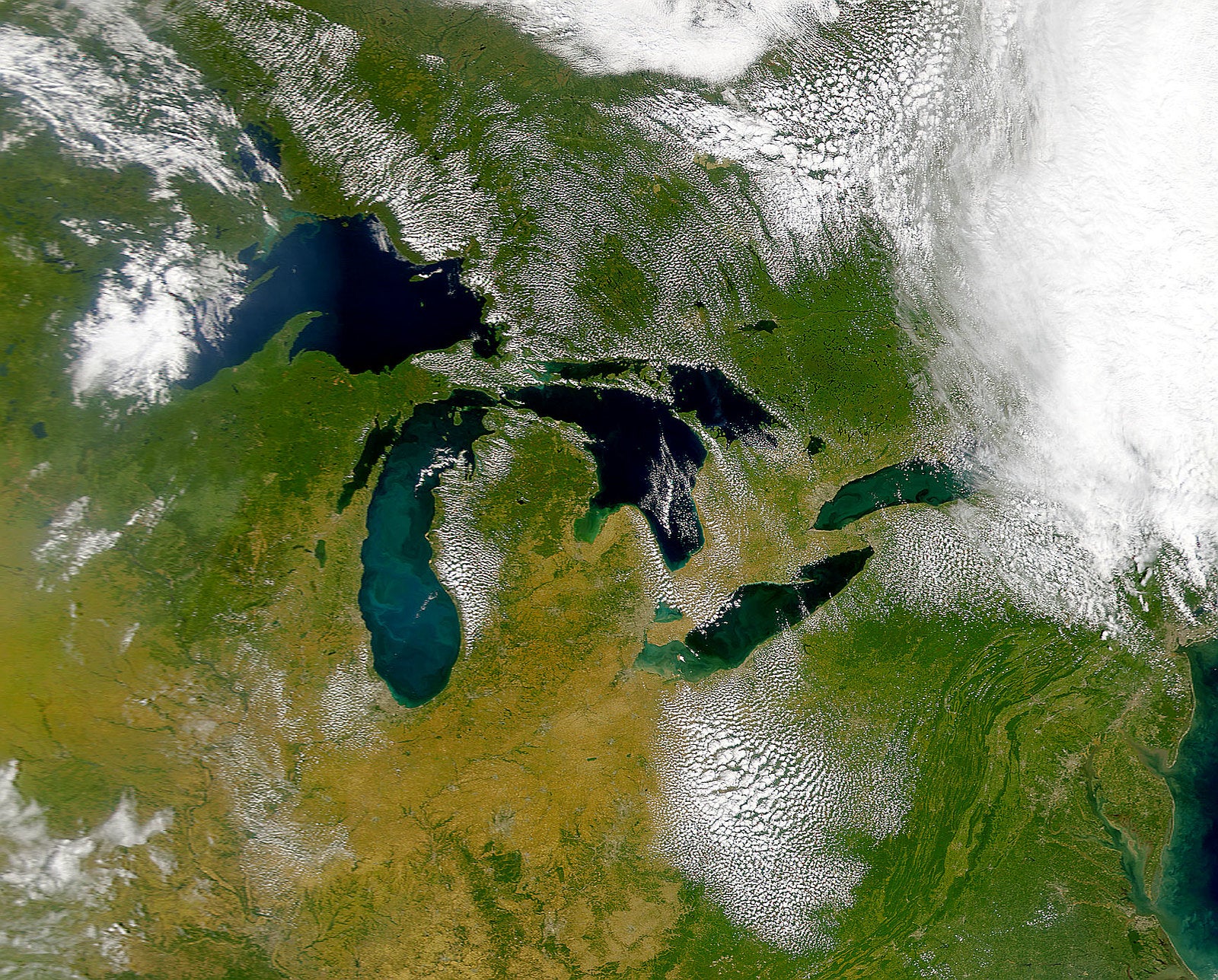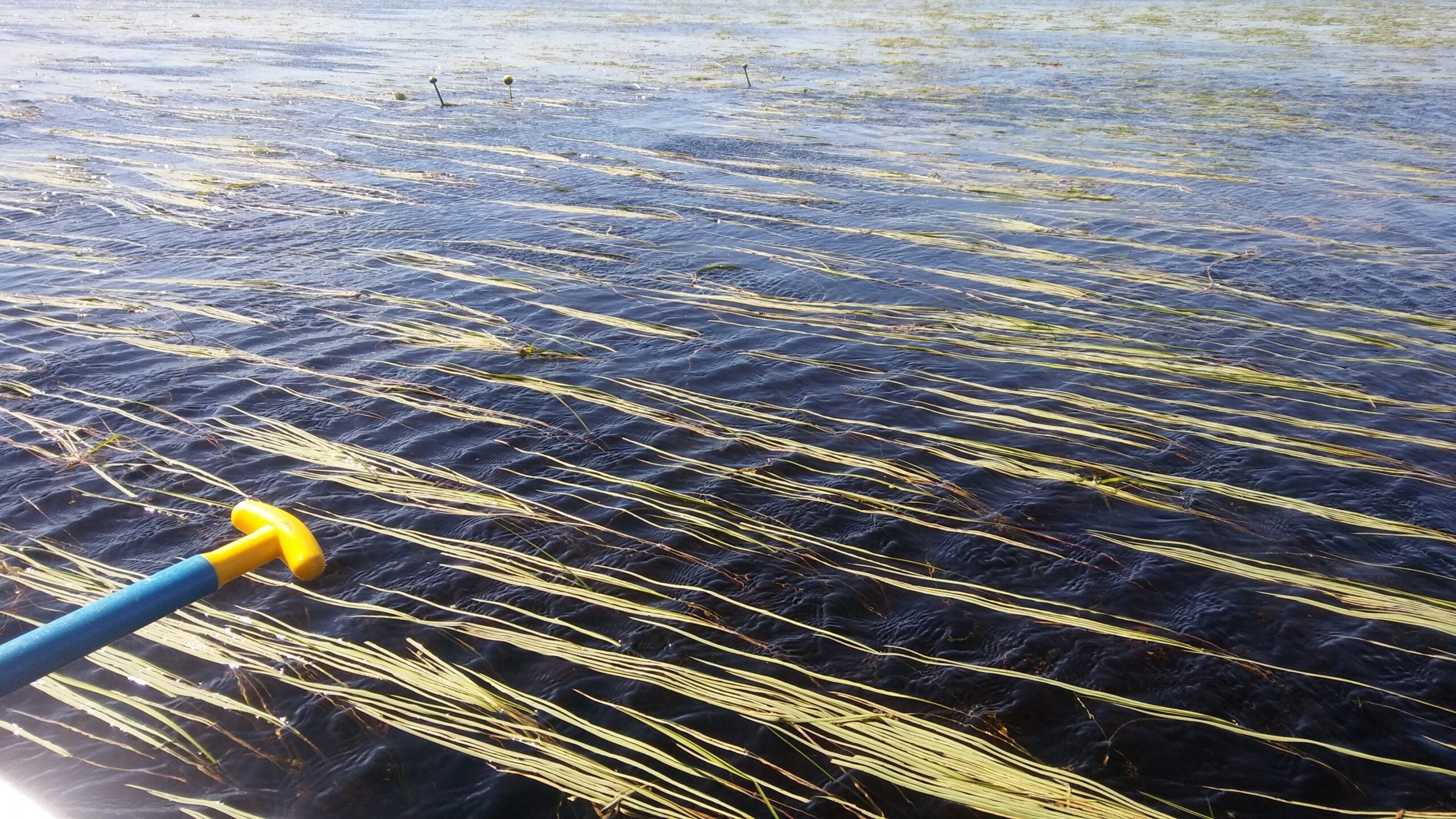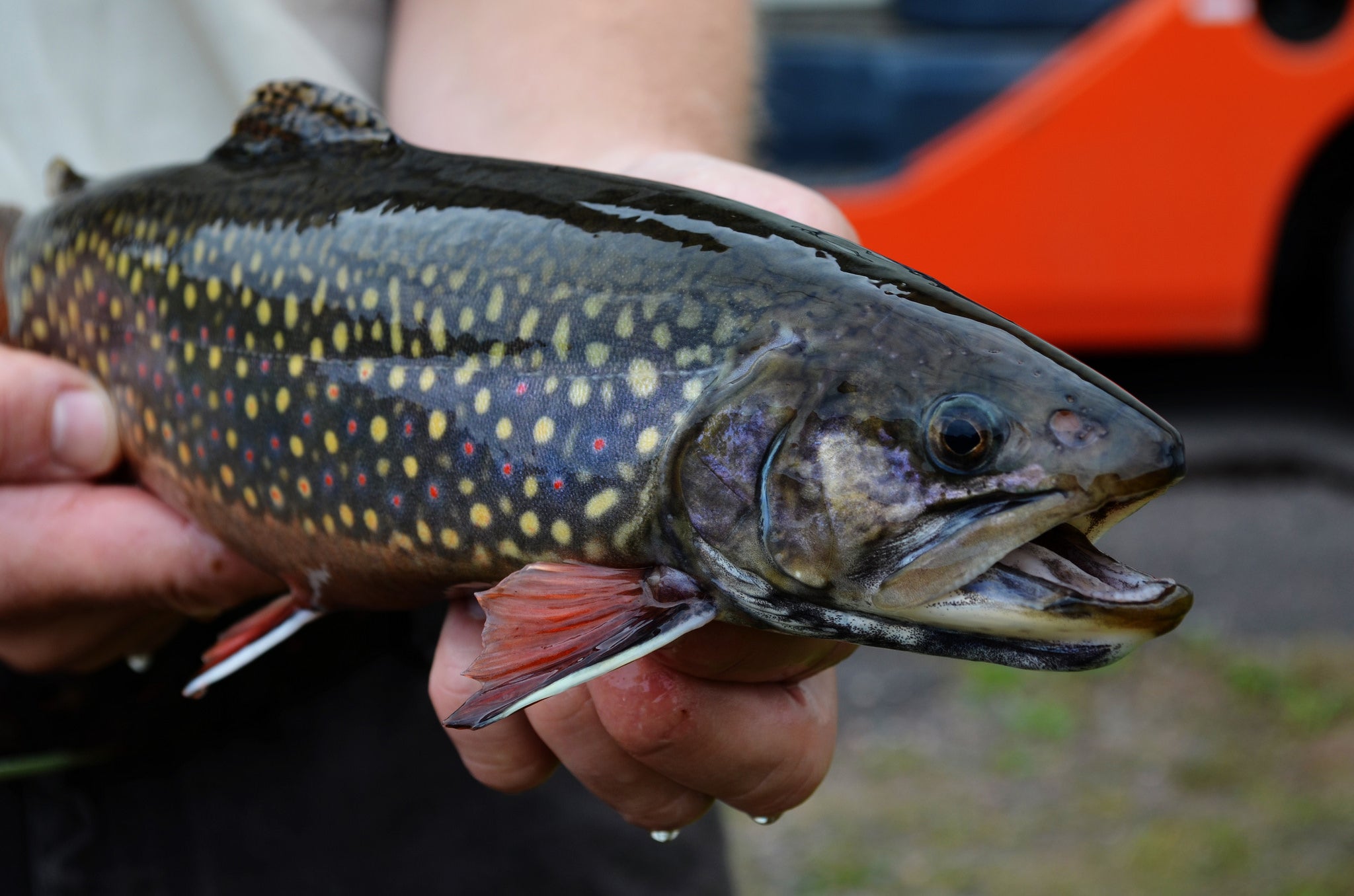From fly shops to gas stations, trout fishing is estimated to contribute more than $1 billion to the regional economy. But could climate change spell doom for this industry in the future?
At the University of Wisconsin-Madison’s Center for Limnology, postdoctoral researcher Bryan Maitland sought to answer that question by studying how changes in air temperatures and precipitation affected Wisconsin’s brook and brown trout over 26 years.
The findings, published last month in the journal Ecosphere, show location and fish biology make all the difference.
News with a little more humanity
WPR’s “Wisconsin Today” newsletter keeps you connected to the state you love without feeling overwhelmed. No paywall. No agenda. No corporate filter.
“We found that, indeed, seasonal climate really does influence these populations,” Maitland said recently on Wisconsin Public Radio’s “The Morning Show.” “But the impact really depends on where you are (and) which species you are.”
A few findings based on state Department of Natural Resources surveys from 1994 to 2019:
- The number of brook trout in streams has been declining, especially since 2006. However, the number of brown trout has been steadily rising.
- Above-average summer temperatures hindered brook trout but helped brown trout, likely because native brook trout prefer cooler water temperatures than brown trout.
- Warmer summers hurt brook trout in southern Wisconsin while the effects in the northern part of the state were more muted.
- Heavy winter and spring precipitation led to steep declines in natural reproduction for both species of trout. High rain levels lead to high stream flows, which Maitland said scour out the gravel beds where trout eggs incubate or overstress newly hatched trout.
READ MORE: Uncrewed sail drones are quietly counting fish more accurately in Lake Superior
Maitland examined native brook trout and brown trout, which he said are originally from Europe and have become one of the most introduced species on Earth. He found both species rely on cold and clean naturally flowing water. Wisconsin and its groundwater resources has more than 13,000 miles of cold-water trout streams.
Wisconsin has been getting hotter and wetter due to climate change, according to Maitland. Summer temperatures have gone up about 2 degrees since the 1950s, and the state has seen a 4.5-inch increase in average annual precipitation, he said.
“If these extreme events, these hot weather systems or these big storm events happen during key seasons in a trout’s life, they can really hinder their ability to reproduce, to lay eggs, to hatch and grow into adulthood,” Maitland said.
READ MORE: DNR investigating large-scale fish die-off on Fox River near Green Bay
The implications of climate change affecting trout goes beyond economics, too.
“(Trout are) also of high cultural importance to Native American tribes and anglers alike,” he said.
Maitland explored ways to mitigate the damaging effects climate events have on trout. Reducing the effects of flooding on streams benefits both the fish and people that live in and near the streams, he said.
READ MORE: Recipe for fish and chips
Maintaining landscape connectivity is important for trout. Maitland said fixing poorly functioning road culverts, stream crossings and dams can ensure trout have access to proper habitats. With climate change, trout might require more flexibility to migrate from warmer to cooler waters.
“Improving connectivity can go a long way to allow building resiliency into our populations for the long term,” he said.
Wisconsin Public Radio, © Copyright 2025, Board of Regents of the University of Wisconsin System and Wisconsin Educational Communications Board.

